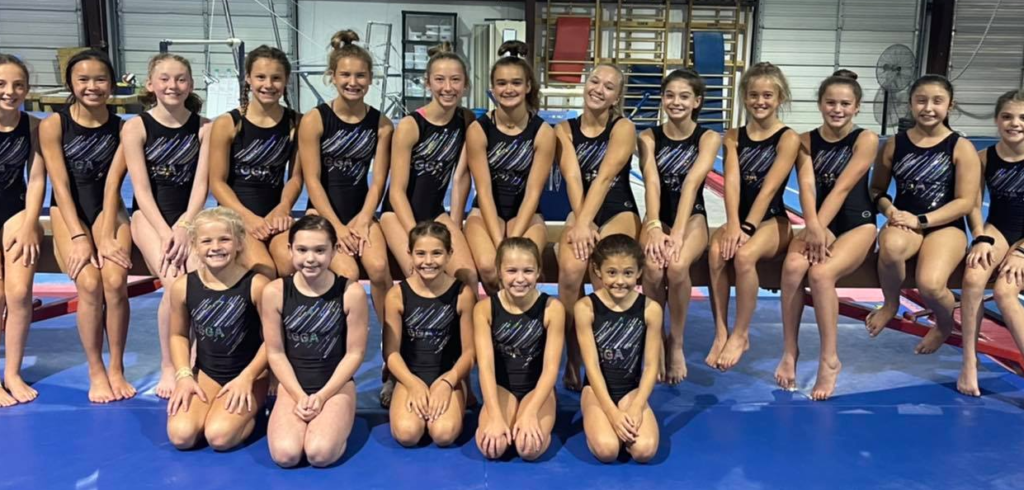
Zero Gravity Volleyball
Volleyball is a sport known for its fast-paced action, coordination, and athleticism. Traditionally played on Earth, volleyball’s dynamics involve strategic positioning, gravity-assisted jumps, and rapid reflexes to volley the ball across the net. But what if this beloved game were played in a zero-gravity environment? The concept of “Zero Gravity Volleyball” offers an intriguing glimpse into the future, where humans may play sports beyond Earth, challenging the fundamental physics that shape traditional gameplay.
Zero gravity volleyball is a reimagining of volleyball in environments where gravity is negligible or nonexistent, such as space. With space exploration advancing rapidly, it’s conceivable that sports like volleyball could evolve to fit these new frontiers. This article delves into the conceptual framework of zero gravity volleyball, examining the effects of a gravity-free environment on gameplay mechanics, equipment, and player movement. We’ll also explore the broader implications of adapting sports for extraterrestrial settings, the potential for competitive space sports leagues, and the role of zero gravity sports in space tourism and recreation.
READ MORE; Creighton Volleyball
Understanding Zero Gravity Environments
Before we dive into the specifics of zero gravity volleyball, it’s essential to understand what zero gravity is and how it affects the human body. Zero gravity, or microgravity, refers to a state in which objects appear to be weightless due to the lack of gravitational force. Astronauts experience this when they are in orbit around Earth, where the gravitational pull is significantly weaker, resulting in the floating effect seen in space.
In zero gravity, there is no up or down, and objects, including the human body, move with greater fluidity and less resistance. Without gravity pulling players downward, jumping and landing take on new meanings, as players would float and navigate the court differently. This fundamental change in physics impacts every aspect of traditional volleyball, from how players position themselves to how they interact with the ball.
The human body also undergoes various physiological changes in microgravity, such as muscle atrophy and decreased bone density, due to the reduced need for muscle exertion and load-bearing activities. As a result, athletes playing zero gravity volleyball would need specialized training to adapt to these conditions, maintaining strength and stability to perform effectively in a microgravity environment.

The Evolution of Volleyball in Zero Gravity Roger Bacon Volleyball
The concept of zero gravity volleyball raises many questions about how this sport could be adapted and how gameplay would differ from Earth-based volleyball. In traditional volleyball, gravity assists players in jumping and helps in returning to the ground after a spike or block. Without this gravitational pull, players would need to push off surfaces or rely on propulsion to navigate the court. This alteration in movement dynamics would create a radically different game, emphasizing control, spatial awareness, and agility in ways previously unimagined.
Gameplay Mechanics in Zero Gravity Volleyball
Zero gravity volleyball would necessitate a complete overhaul of traditional volleyball mechanics. Here are some of the primary changes:
- Floating Court and Three-Dimensional Movement
In a zero-gravity environment, players would float rather than stand on a floor. The volleyball “court” could be an enclosed space where players move freely in all directions, adding a three-dimensional aspect to the game. Instead of a flat court, players would have designated zones for offense, defense, and serving that span a spherical or cubical playing field. This three-dimensional space would add a new layer of complexity, as players could move vertically, horizontally, and diagonally, defending and attacking from all angles. - Propulsion and Movement Techniques
To move within the zero-gravity court, players might use handholds, foot straps, or small propulsion devices to navigate the space. Since gravity wouldn’t pull players back down after a jump, propulsion would become crucial for quick directional changes and positioning. Strategic use of propulsion could allow players to “hover” or “float” in specific spots, creating unique defensive formations or offensive strategies that are impossible on Earth. - Ball Trajectory and Control
In zero gravity, the ball’s trajectory wouldn’t be affected by gravity, which would lead to faster and longer rallies. The ball would float unless directed by a player’s hit, creating a slower descent or ascent. Players would need to adjust their timing and aim to account for the lack of gravitational pull. Additionally, spin techniques and velocity control would play a vital role in managing the ball’s movement in unpredictable directions. - Scoring System Adaptations
The scoring system for zero gravity volleyball could be adapted to emphasize strategic control and player endurance. Given the challenges in navigating a three-dimensional court, scoring might reward prolonged rallies, controlled hits, and well-placed serves. Points could also be awarded for skillful maneuvers that require advanced control of movement and positioning.

Equipment Modifications for Zero Gravity Volleyball DSHA Volleyball
To accommodate zero-gravity conditions, traditional volleyball equipment would require several modifications:
- The Volleyball
In zero gravity, the ball’s weight and materials may need adjustment. A standard volleyball, if used in space, might be too heavy or too light depending on the specific conditions. Ball composition would need to balance weightlessness with enough mass to ensure control during play. Additionally, incorporating sensors could help track the ball’s movement in three dimensions, assisting referees and players in monitoring accurate game progression. - Player Attire and Gear
Zero gravity volleyball players would require uniforms designed to facilitate movement and comfort. Compression suits, commonly used by astronauts, could be customized for athletes to provide muscle support and reduce strain. Gloves and shoes equipped with hand and foot grips might aid propulsion and grip during play. Lightweight padding could be included to protect against collisions with other players or surfaces, given the potential for disorientation in microgravity. - Court Structure and Boundaries
The court for zero gravity volleyball could be enclosed within a specialized structure that limits the ball and players’ movements to a defined space. This floating court could have boundaries marked by holographic projections, lasers, or LED lighting, allowing players to see “out of bounds” zones clearly. Net modifications may also be needed, such as multiple layers or three-dimensional nets that provide more dynamic play opportunities.
Training and Preparation for Zero Gravity Volleyball
Training for zero gravity volleyball would differ significantly from traditional volleyball preparation. Athletes would require strength and endurance training to adapt to muscle and bone density changes in microgravity. Specialized agility drills would focus on improving propulsion and directional control, as well as mental conditioning exercises to manage spatial orientation and coordination.
Simulation environments, such as neutral buoyancy pools or microgravity training facilities, could allow athletes to practice movement and positioning techniques in a controlled setting that mimics zero-gravity conditions. Training regimens would also emphasize mental focus and adaptability, as players must quickly adjust to unexpected ball trajectories and the dynamic movement of opponents in three-dimensional space.
The Role of Zero Gravity Volleyball in Space Recreation and Sports Tourism
Zero gravity volleyball presents exciting possibilities for space recreation and tourism. As private space travel becomes more accessible, space tourism is expected to grow, with sports and recreational activities playing a central role in enhancing the visitor experience. Zero gravity volleyball could become a popular attraction in space tourism facilities, offering tourists the chance to play an adapted version of the sport while floating in microgravity.
Competitive leagues and exhibition matches could also attract global audiences, with athletes trained specifically for zero-gravity sports showcasing their skills in orbit. Such events could be broadcasted to Earth, captivating viewers with a unique spectacle of athleticism and skill in a zero-gravity setting. The growth of zero-gravity sports leagues could eventually lead to the development of new sports specifically designed for space, adding an entirely new dimension to human recreation and entertainment.
Challenges and Future of Zero Gravity Volleyball
Despite the excitement surrounding zero gravity volleyball, several challenges must be addressed before the sport can become a reality. Technological and logistical issues, such as building suitable facilities, ensuring player safety, and managing the physiological effects of zero gravity, are significant considerations. Additionally, the cost of transporting players, equipment, and spectators to space limits accessibility, making zero-gravity sports a costly endeavor in the short term.
However, as space exploration and technology continue to advance, the feasibility of zero gravity sports will likely increase. With ongoing innovations in spacecraft and microgravity environments, the future may see more organized and accessible zero gravity sports leagues, bringing humanity closer to a new era of extraterrestrial sports and recreation.
Conclusion
Zero gravity volleyball represents an innovative and fascinating reimagining of the sport, blending athleticism with the unique conditions of space. By exploring the challenges and adaptations required to play volleyball in a zero-gravity environment, we gain insight into how traditional sports can evolve to suit new physical environments beyond Earth. As space exploration progresses and space tourism grows, sports like zero gravity volleyball could become a mainstay of space-based recreation, offering humans the chance to engage in familiar activities under extraordinary conditions.
Leave a Reply